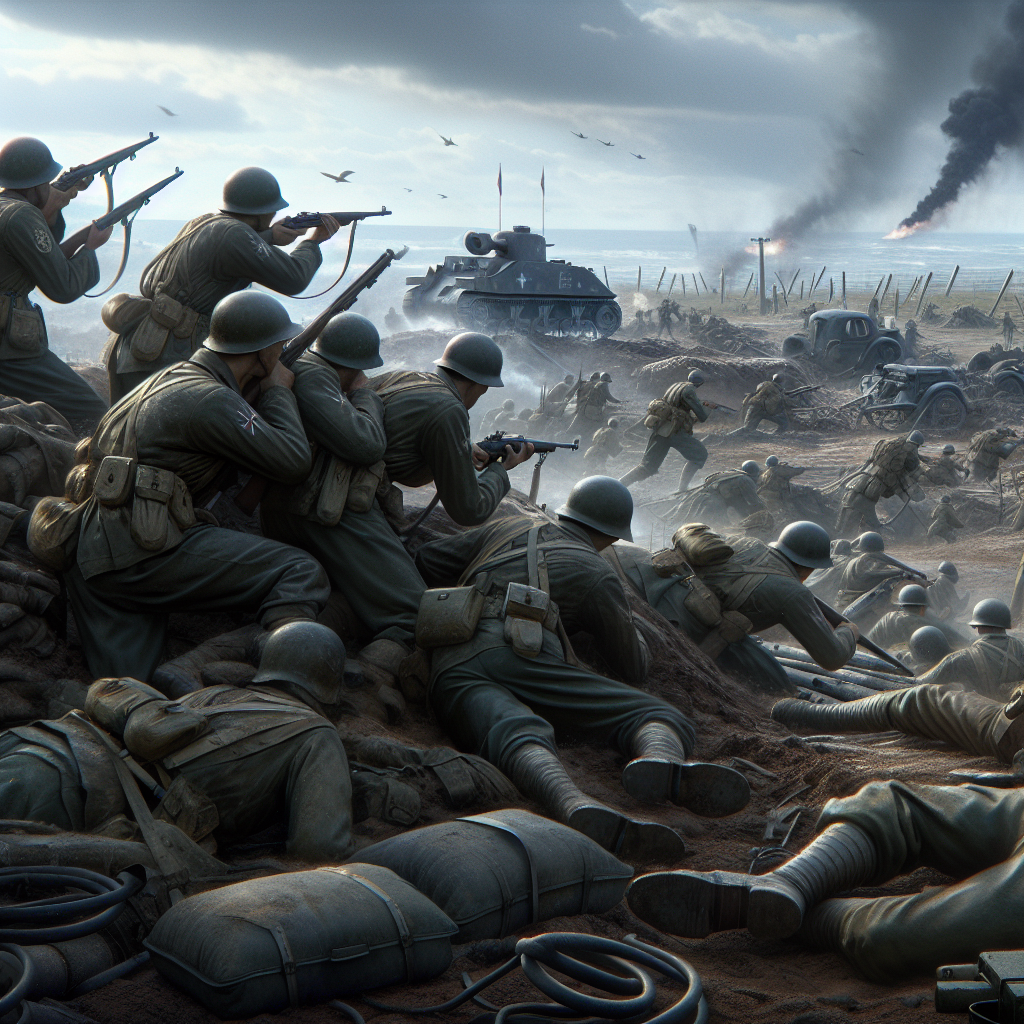Imagine an epic clash of tanks that changed the course of a war. The Battle of Dompaire, fought in early September 1944 during World War II near the small French village of Dompaire, serves as a prime example of strategic brilliance against impossible odds. Major General Philippe Leclerc and his French 2nd Armored Division, alongside elements of the U.S. Army, faced off against what was then the dreaded force of the German Wehrmacht’s Panzer Brigade, commanded by Colonel Eberbach.
In the grand tapestry of war, battles are won for many reasons—numbers, luck, stealth—and sometimes, sheer audacity. The Dompaire engagement epitomized all of these. Post-D-day, as the Allies pushed the Germans back across France, the battle came about in a bid to maintain momentum and secure a solid footing in the region. The encounter saw an armored blitz where Allied forces outmaneuvered and outgunned a larger, technologically superior German force, marking a significant victory.
Dompaire was all about tanks: the Allied M4 Shermans clashing against the German Panthers and Tigers. On paper, the Germans held the edge. Their tanks had thicker armor and heavier guns. Yet, cunning strategy and superior coordination turned these advantages moot. The French Division ambushed the Germans effectively by creating a trap. They used the terrain to conceal their forces and took the enemy by surprise in a stunning display of tactical mastery. In a matter of days, the French decimated a major part of the German 112th Panzer Brigade.
This pivotal victory was more than just a tick on an operational map. It was a moral booster and a symbol of the Allied push that swept through France. For the French, who had endured years of occupation, defeating a part of the vaunted Wehrmacht on their soil was profoundly inspirational. It signaled a shift in power dynamics, turning the tide of war in the region. The battle also stood out as a textbook example of how strategy can trump brute strength.
Now, in every story of war, the opposing side holds a perspective too. For the young German soldiers, this battle was likely experienced as a sudden catastrophe. Many of them, conscripted into service, found themselves outmatched. The terrain they thought they knew was turned into a chessboard where their counterparts made all the right moves. It emphasized how war could be unpredictable, demoralizing, and devastating. These were men following orders, not the architects of the conflict.
The broader implications of victories like Dompaire’s can’t be understated. The battle showcased how well-coordinated efforts between different allied nations could yield decisive outcomes. A lesson embedded in history about unity and resilience, echoing into the present when cooperation seems more crucial than ever.
For Gen Z, a generation too young to have lived through world wars but old enough to witness the nuances of conflict today, lessons from Dompaire still resonate. The unpredictability of life, the importance of standing united, and the understanding that underdogs can win by wit—and sometimes necessity—are all part of it. The global stage still mirrors these old battles in different forms. Learning from history could be our guide towards a more peaceful and strategically informed future.

